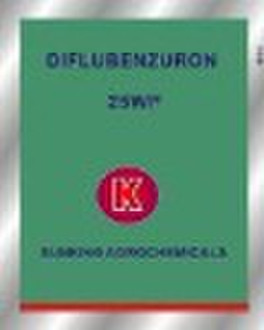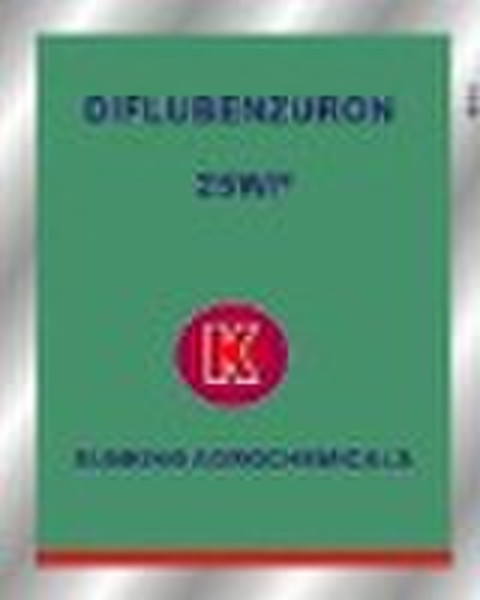Catalog
-
Catalog
- Agriculture
- Apparel
- Automobiles & Motorcycles
- Beauty & Personal Care
- Business Services
- Chemicals
- Construction & Real Estate
- Consumer Electronics
- Electrical Equipment & Supplies
- Electronic Components & Supplies
- Energy
- Environment
- Excess Inventory
- Fashion Accessories
- Food & Beverage
- Furniture
- Gifts & Crafts
- Hardware
- Health & Medical
- Home & Garden
- Home Appliances
- Lights & Lighting
- Luggage, Bags & Cases
- Machinery, Hardware & Tools
- Measurement & Analysis Instruments
- Mechanical Parts & Fabrication Services
- Minerals & Metallurgy
- Office & School Supplies
- Packaging & Printing
- Rubber & Plastics
- Security & Protection
- Service Equipment
- Shoes & Accessories
- Sports & Entertainment
- Telecommunications
- Textiles & Leather Products
- Timepieces, Jewelry, Eyewear
- Tools
- Toys & Hobbies
- Transportation
Filters
Search
Diflubenzuron

KYLE YU
Contact person
Basic Information
| Classification | Insecticide |
|---|---|
| CAS No. | 35367-38-5 |
| Other Names | Difluron |
| MF | C14H9ClF2N2O2 |
| EINECS No. | 252-529-3 |
| Place of Origin | China (Mainland) |
| Purity | 95%TC |
| Application | Insecticide |
| Brand Name | Sunking |
| State | Powder |
Diflubenzuron is a benzamide insecticide used on forest and field crops to selectively control insects and parasites. Principle target insect species are the gypsy moth, forest tent caterpiller, several evergreen eating moths and the boll weevil. Diflubenzuron is a stomach and contact poison which acts by inhibiting the production of chitin (a compound that makes the outer covering of the insect hard) and so interferes with the formation of the insect's cuticle or shell. It is also used as a larvae control chemical in mushroom operations and animal houses. Biochemistry Chitin synthesis inhibitor; and so interferes with the formation of the insect cuticle. This action is quite specific; related biochemical processes, such as chitin synthesis in fungi, and biosynthesis of hyaluronic acid and other mucopolysaccharides in chickens, mice and rats, are not affected. Mode of action: Non-systemic insect growth regulator with contact and stomach action. Acts at time of insect moulting, or at hatching of eggs. Uses: For control of a wide range of leaf-eating insects in forestry, woody ornamentals and fruit. Controls certain major pests in cotton, soya beans, citrus, tea, vegetables and mushrooms. Also controls larvae of flies, mosquitoes, grasshoppers and migratory locusts. Used as an ectoparasiticide on sheep for control of lice, fleas and blowfly larvae. Due to its selectivity and rapid degradation in soil and water, diflubrnzurom has no or only a slight effect on the natural enemies of various harmful insect species. These properties make it suitable for inclusion in integrated control programmes. Diflubenzuron is effective at 25-75 g/ha against most leaf-feeding insects in forestry; in concentrations of 0.01-0.015% against codling moth, leaf miners and other leaf-eating insects in top fruit; in concentrations of 0.0075-0.0125% ***** against citrus rust mite, in citrus; and at a dosage of 50-150 g/ha against a number of pests in cotton (cotton boll weevils, armyworms, leafworms), soya beans (soya bean looper complex) and maize (armyworms). Also for control of larvae of mushroom flies in mushroom casing (1 g/m2); mosquito larvae (25-100 g/ha); fly larvae in animal housing (0.5-1 g/m2 surface); and locusts and grasshoppers (60-67.5 g/ha).
Delivery terms and packaging
Packaging Detail: as your request Delivery Detail: 16days
Port: shanghai
Payment term
Letter of credit
Telegraphic transfer
Western Union
-
Payment Methods
We accept:









